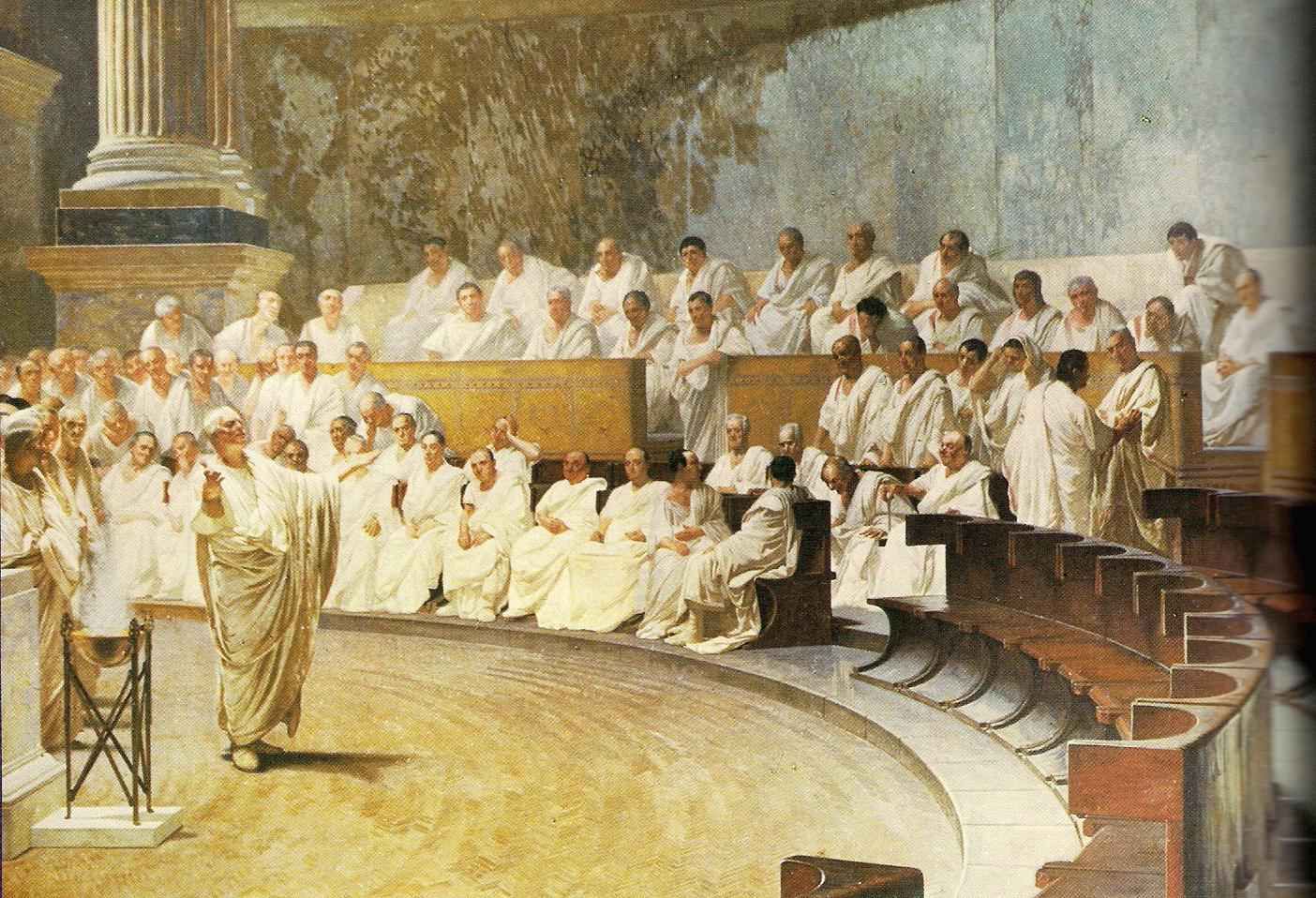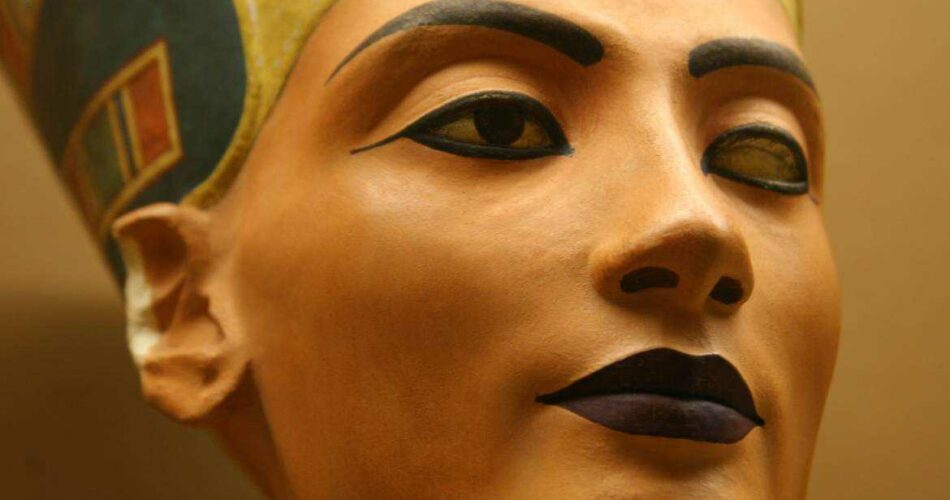The many simple and complex concepts, ideas and things that we enjoy now and benefit from have their origins back to the ancient civilization. Let’s travel through time as we take a look on who and where these valuable inventions came from.
Paper
Egypt, the cradle of ancient civilization, was an invention powerhouse and paper is one of its major contributions to the world! Papyrus was developed in 3000 B.C. from the core of Papyrus plant that grew in abundance along the River Nile. If you’ve ever been to Egypt, you must have seen Egyptians demonstrating to tourists how papyrus was made in ancient times. It was simply amazing. Long strips are weaved together, soaked in a water and pressed for a certain amount of time to bind them that would result to sturdy pieces of writing material when dried.
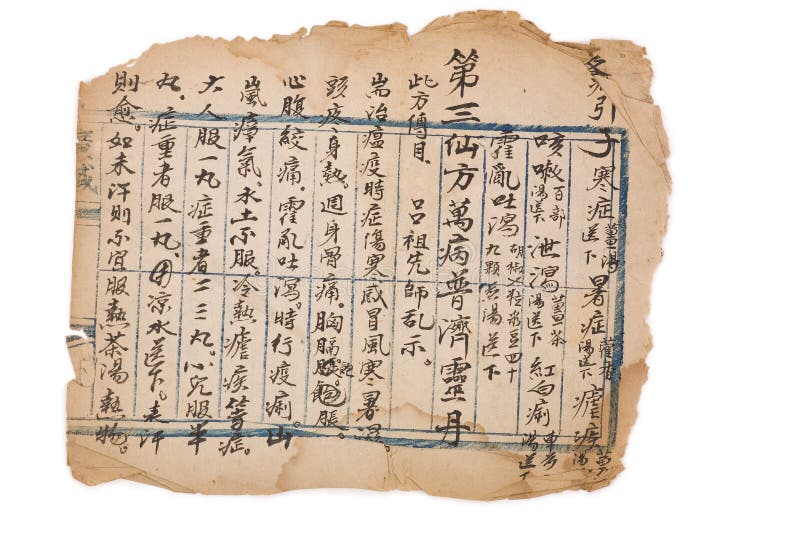
Newspaper
Rome boasts as the first ever nation to introduce the concept of Newspaper. Acta Diurna, the “daily acts,” was the first official paper of Rome that emerged approximately 131 B.C. It is considered as the archetype for the present newspaper. Acta Diurna chronicled the ancient Rome’s political and social activities. The Roman Forum, an area frequented by many Romans, was where the Acta Diurna was being posted. Here, people will get to read of the empire’s military feats, informed about the gladiators’ fights and other popular games. Likewise, there was a census-like news where you can read the births and deaths of prominent people and other stories of the day.
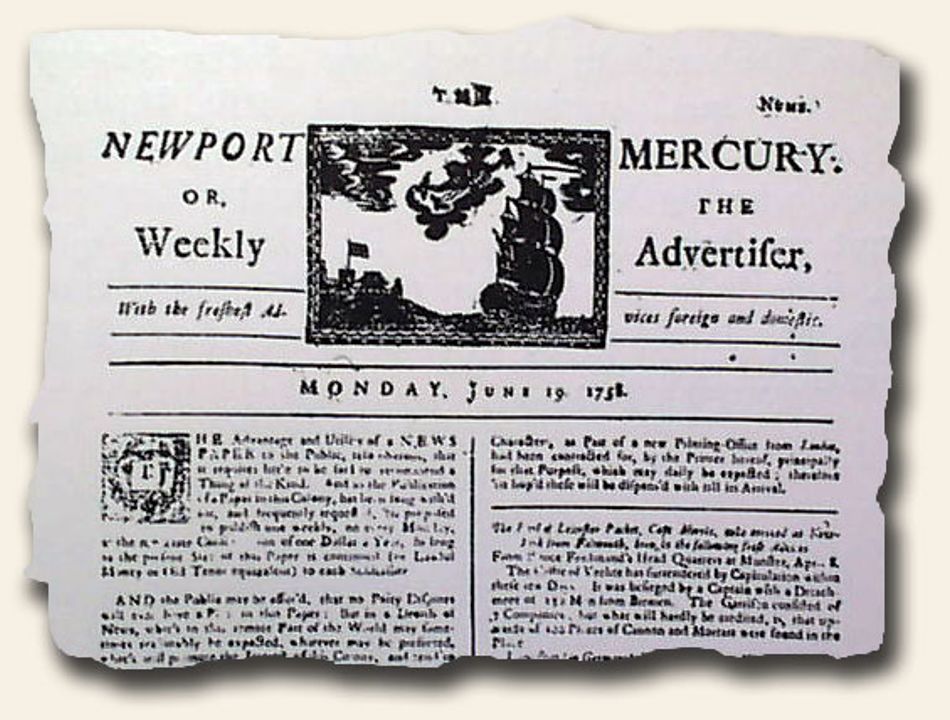
Concrete
The opus caementicium, or the tough Roman concrete, was what set the Romans from others. This magnificent invention set forth a building renaissance in the whole of Rome. The Roman concrete is made of limestone, concocted with volcanic ash to become a mortar. The mixture, along with lumps of bricks, became the building blocks for the construction of sturdy bridges, aqueducts and stunning buildings that endured the tests of time. These include the famous Colosseum and the Pantheon. A powerful nation at that time, they brought this technology to every nation they conquered and built equally enduring architectural wonders that still majestically to this day.

Zero
Тhe concept of zero itself has its origins since time immemorial. And its history spans thousands of miles apart. First, it was the Babylonians who used zero, not just as a placeholder, but also to demonstrate the lack of one column of another number such as in the year 2018. This milestone happened when they adopted the counting system of the Sumerians at around 300 B.C. Second, thousands of miles away at around A.D 350, the Mayans used zero as a placeholder, too. However, like their Babylonian counterpart, they did not imagine zero as a number nor used it in mathematical equations.
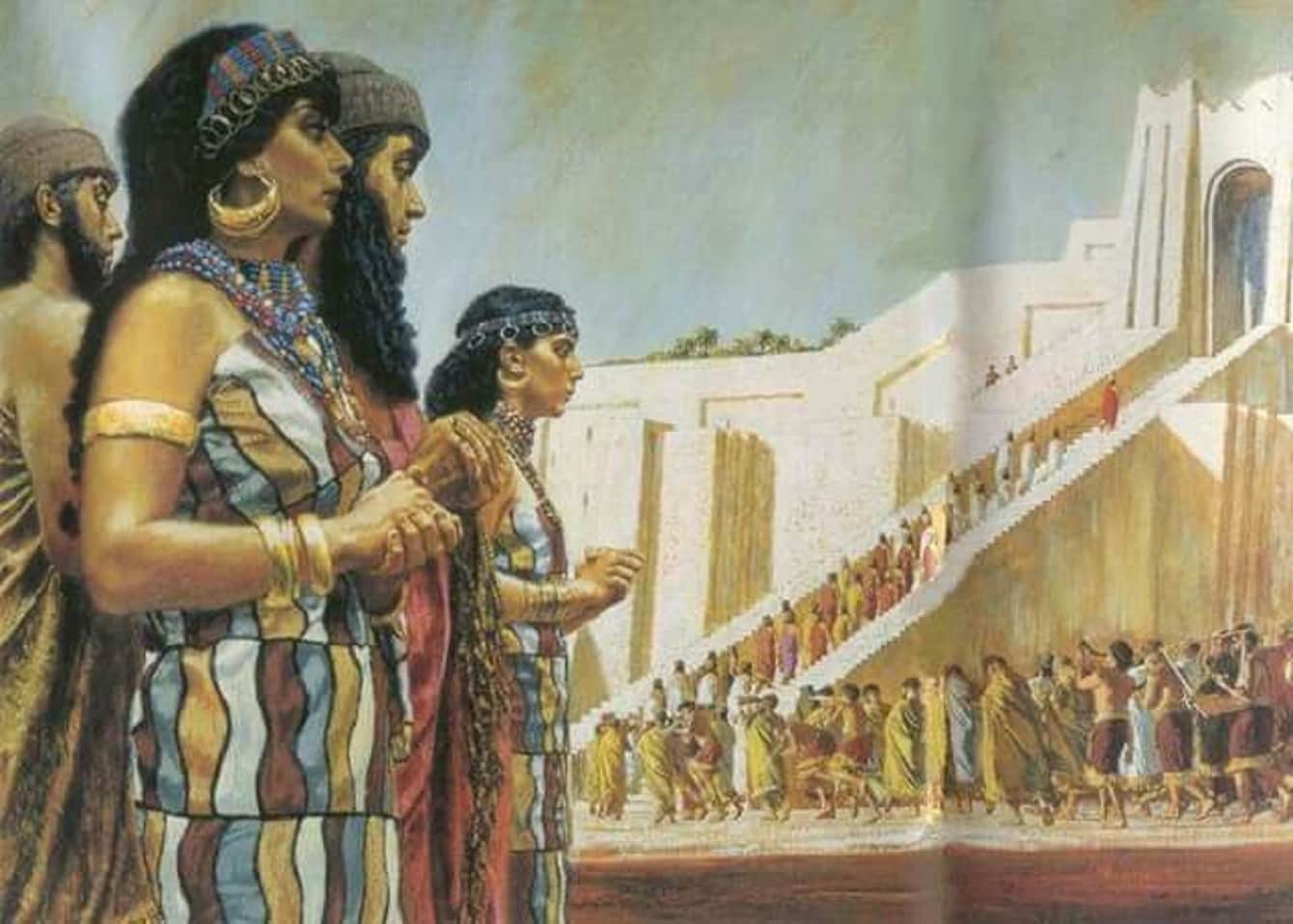
Chocolate
The all-time favorite – Chocolate – has its origins 3,000 years ago in ancient Mesoamerica. The Mayas, Aztecs and Toltecs cultivated the Cacao tree from which the chocolate is derived. The Maya, in particular, revered the cacao tree so much so that they worshipped it. Perhaps because the lathered beverage that they prepare from the cocoa beans gave them the needed vitality, enhanced their mood and stimulated their sexual desires. The Cacao tree, due to its value and importance, was even used as a legal tender.

Eye Makeup
It was still the Egyptians who discovered it about 4,000 B.C. The called it “kohl“, pronounce “kohol”. Galena is the main component of kohl, a mineral that comes in the shade of blue, gray and black. Mixed with a soot, they used this concoction as eyeliners. While at present times very few men are wearing kohl, this eye make up was used by both sexes during ancient times, not only for its healing wonders but also a protection from the eyes of an evil.
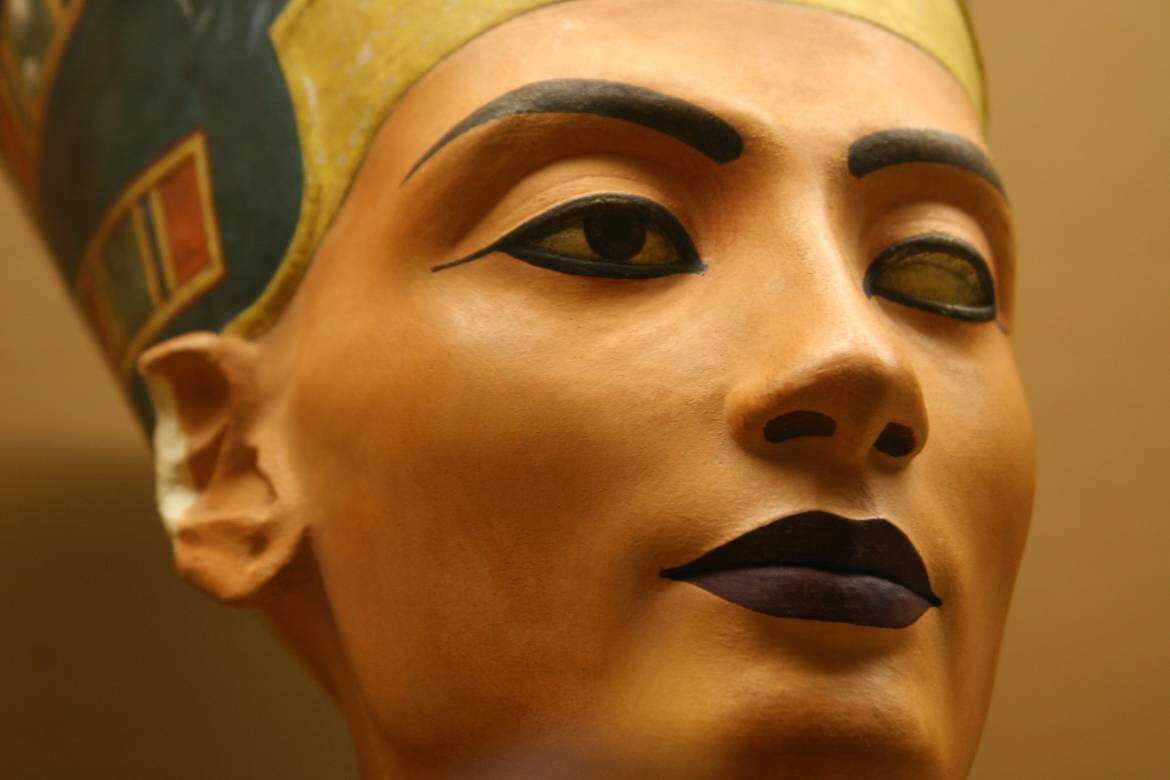
Democratic government
We should all thank Cleisthenes, the ruler of Athens, for introducing Democracy to the world. The word itself which stems from the Greek word “demokratia,” was introduced and conceptualized by him in 507 BC. It is supposed to literally mean, a government ruled by the people. Demokratia is composed of three institutions independent of one another. The first is Ekklesia, which means the Assembly, which is equivalent to Legislative branch in today’s world. They are responsible for writing laws and crafting foreign policies. The second is Boule, a body that is represented by the different tribes of Athens.
